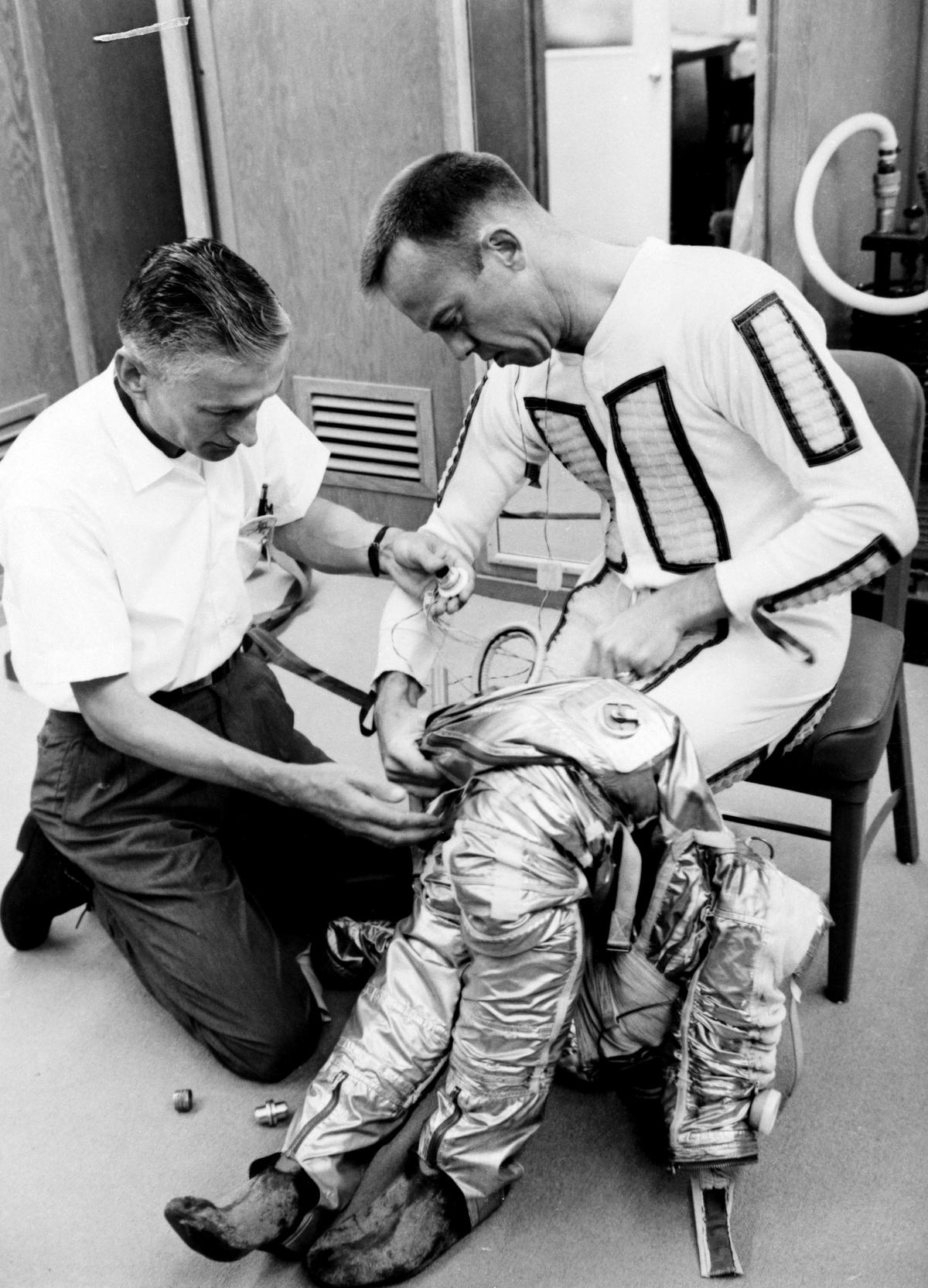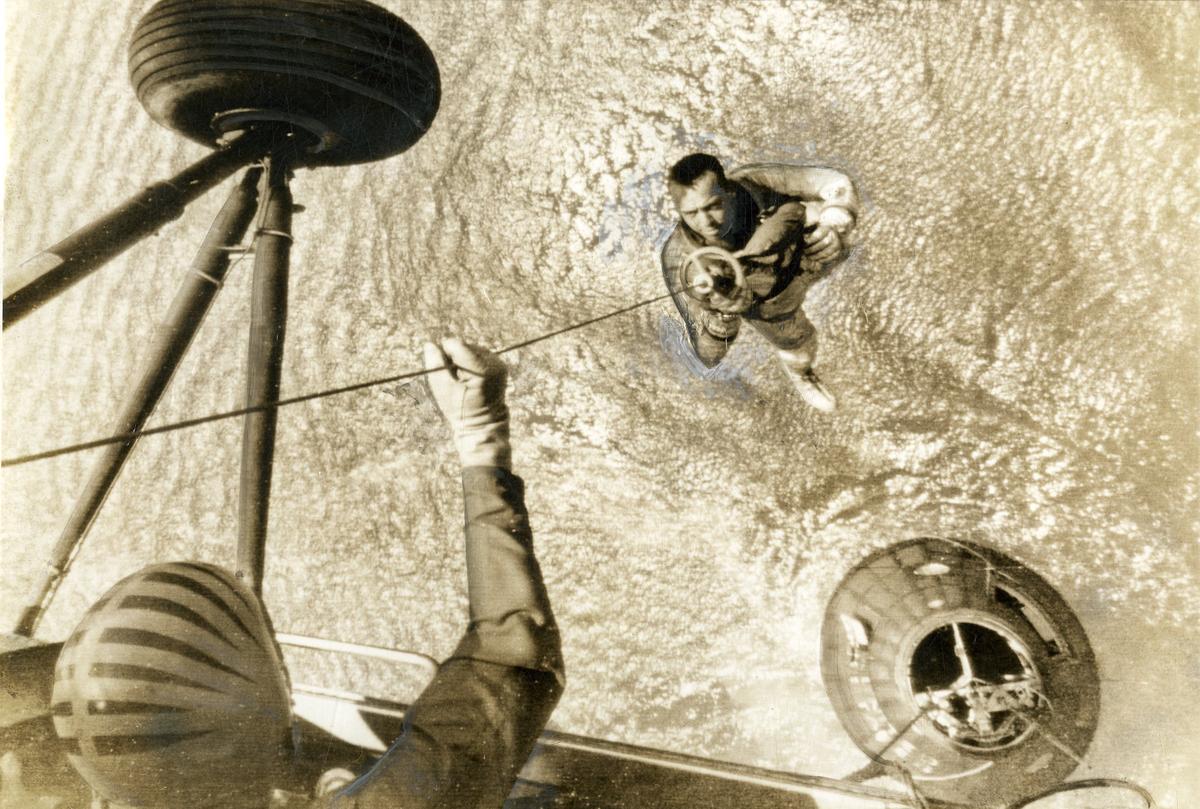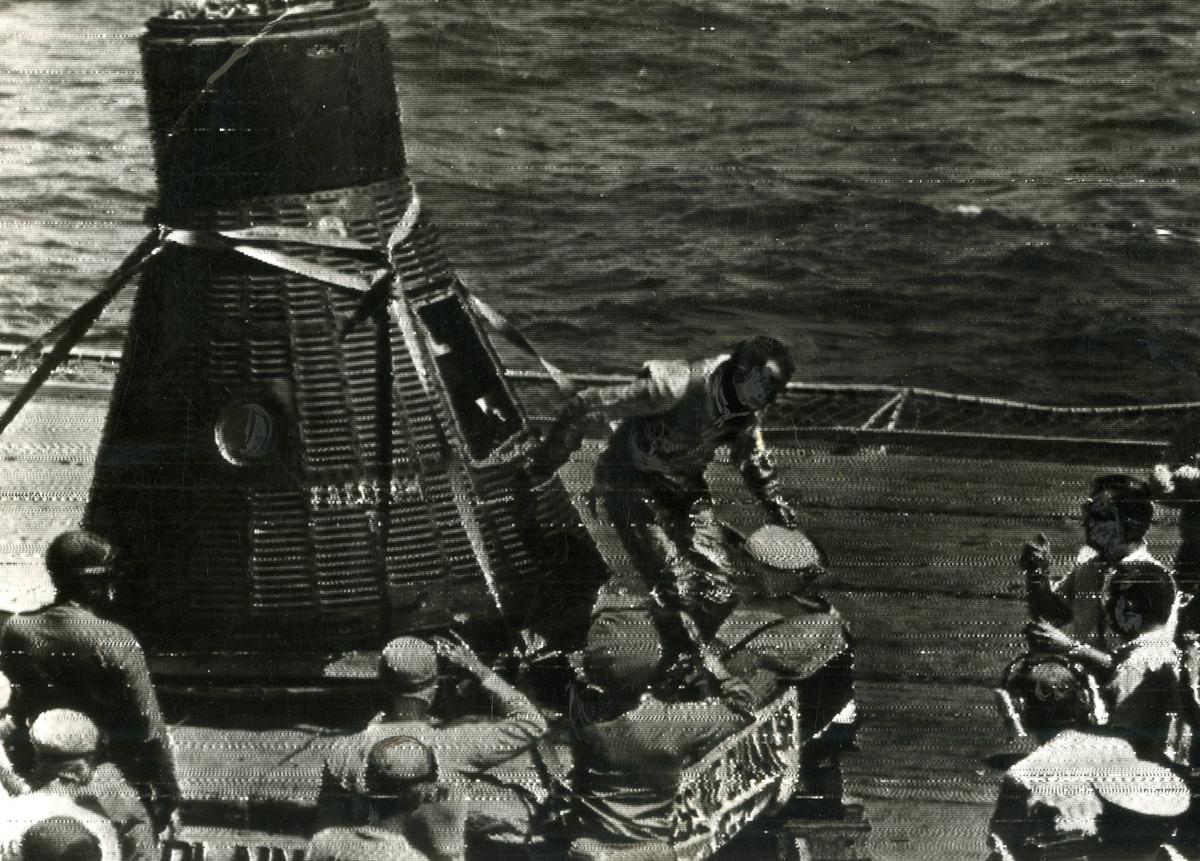
American astronaut Alan B. Shepard Jr. is seen in this May 5, 1961, photo released by NASA. in a space suit before the launch of the Freedom 7 spacecraft.
There is a school of thought where people believe that only those who come first are remembered. Be it in studies, in sports, or in life in general. They say that others are forgotten, even those who manage to come second.
There may be some truth in this. We all know that Soviet cosmonaut Yuri Gagarin was the first man in space. However, if you’re not good at trivia or didn’t read the introduction to this article before delving into it, there’s a good chance you didn’t know about Alan B. Shepard. This is despite the fact that Shepard was the first American and second man in space. What’s more, Gagarin and Shepard actually accomplished their feats within a month of each other.
He could have gone either way
It could easily have been the other way around: Shepard was the first man in space and Gagarin was the second. Even in 1961, it was not obvious that the Soviets were ahead in the race.
As the Soviets gained early points following the success of Sputnik in 1957, the National Aeronautics and Space Administration – NASA as we all know it today – was created in 1958 with the goal of overtaking the Soviet Union in the space race. As part of Project Mercury, NASA planned to send the first astronaut into space in 1960.
Two launch vehicles
This belief was due to the fact that Mercury had two launch vehicles. While the smaller of the two, the Army Redstone missile, which could send astronauts on suborbital voyages, was reliable, the larger Air Force Atlas intercontinental ballistic missile (ICBM), which could launch astronauts into orbit, frequently exploded.
The technical challenges involved resulted in inevitable delays. So much so that the first uncrewed Mercury-Redstone flight did not take off until December 1960. On January 31, 1961, Mercury-Redstone 2 was launched with Ham the chimpanzee and was a great success. While the Mercury-Redstone 3 spacecraft, which later became Freedom 7, could have been launched in March 1961, NASA’s Marshall Space Flight Center, led by German-American rocket engineer Wernher von Braun, opted for another test.
This did not please American aerospace engineer Robert Gilruth, whose Space Task Group (later transformed into the Manned Spacecraft Center in Houston, Texas) was responsible for Mercury. Gilruth disliked von Braun because he was German and had switched sides, and he viewed von Braun’s request for an additional test as a case of German over-engineering.
Risk versus reward
NASA, however, went with von Braun because the astronaut’s safety was paramount, even if it meant losing the race again. This is exactly what happened when Gagarin orbited the Earth on April 12, 1961, less than three weeks after the successful flight of an additional test for the development of the booster, MR-BD, on March 24, 1961.
Before the launch of MR-3, NASA announced that three Mercury Seven astronauts were involved – John Glenn, Virgil “Gus” Grissom and Shepard. Although Gilruth chose Shepard from the beginning, this was only revealed when the first launch attempt was canceled due to bad weather on May 2, 1961.

Shepard was helped into his space suit before he became the second man in space.
Shepard boarded Freedom 7 – the name he gave the capsule – about two hours before the scheduled launch on May 5 at 7:20 a.m. Technical delays resulted in Shepard having to urinate in his space suit (not allowed for this!) and losing control before launch finally took place at 9:34 a.m.
Enormous strength
The acceleration pushed Shepard into the couch with more than six times the force of gravity. While the flight lasted just over 15 minutes, Shepard actually experienced five minutes of weightlessness, tested the attitude control systems, and even rotated the periscope to look back at his home country (after this, skylights were built into the vehicles). During the brutal re-entry, he experienced gravity more than 11 times that of Earth before his parachute opened normally and his capsule crashed into the ocean. He was picked up by helicopter and taken to hospital USS Lake Champlain and immediately became a national hero.

Alan Shepard is picked up by a helicopter within seconds of the space capsule landing in the water. | Photo credit: UPI

Alan Shepard holds a space helmet as he exits his capsule aboard the aircraft carrier USS Lake Champlain, May 5, 1961. | Photo source: AP
The mission that took the first American to space not only improved NASA’s technical expertise, but also improved its public relations handling. They realized that announcing that only three astronauts were in the race was a disaster because it immediately pushed the remaining four – Scott Carpenter, Gordon Cooper, Walter Schirra and Donald “Deke” Slayton – out of the public eye.
In fact, Shepard first named his capsule “Freedom” and then added “7” for the seven astronauts. Although he did it as a sign of solidarity, the damage had already been done. These mistakes in crew selection were never repeated.
As for Shepard, he was grounded for several years due to an inner ear disease that did not cure until 1969 after surgery. The first American and second man to fly into space, he then became the fifth and only Mercury astronaut to walk on the Moon when he commanded the Apollo 14 mission in 1971.









